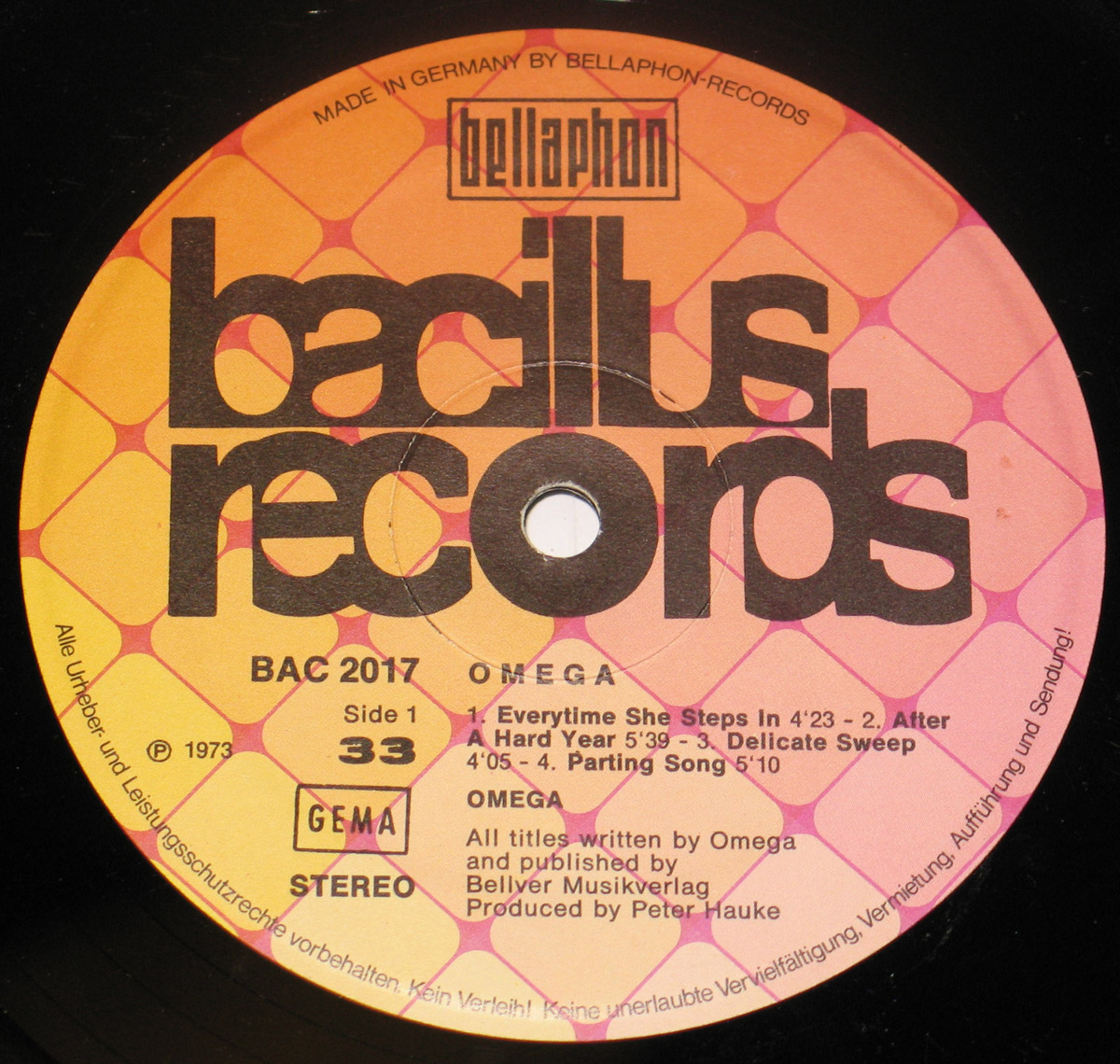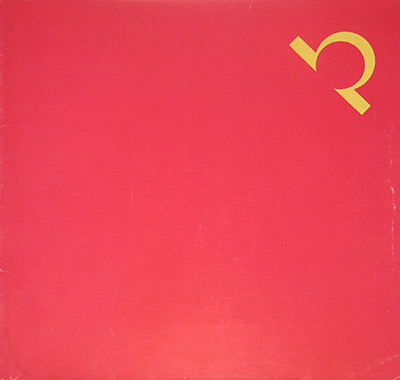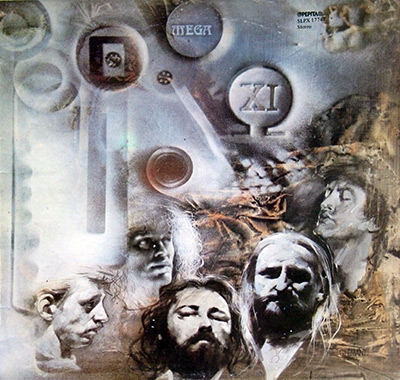Released in 1973, Omega's self-titled debut album stands as a landmark in Hungarian rock history. Emerging during a time of political and cultural upheaval, the album not only pushed musical boundaries but also reflected the spirit of a generation seeking freedom of expression.
Historical Context
The early 1970s marked a period of increasing Western influence in Hungary, with rock music gaining traction among the youth. Omega, having already established themselves as pioneers in the Hungarian rock scene, sought to expand their horizons by recording their debut album at the renowned Dierks Studio in Germany.
Musical Exploration
Recorded in April 1973 at Dierks Studio, Omega's self-titled album is a captivating blend of psychedelic rock, progressive rock, and hard rock elements. The band's sound, influenced by Western rock giants like Deep Purple and Black Sabbath, is characterized by soaring vocals, powerful guitar riffs, intricate keyboard melodies, and a rhythmic drive that propels the music forward. Tracks like "Everytime She Steps In" and "White Magic Stone" showcase the band's ability to craft memorable melodies and create a sonic landscape that is both ethereal and grounded.
Controversies
Despite recording in Germany, Omega's debut album faced its share of controversies upon its release in Hungary. The band's Western-inspired sound and rebellious image often clashed with the conservative cultural norms of the time. Some critics accused the band of promoting Western decadence and undermining socialist values. However, Omega's music resonated with a generation of young Hungarians who saw it as a form of liberation and a means of expressing their frustrations and aspirations.
Recording Studio
Dierks Studio, located in Stommeln, Germany, was a well-respected recording facility known for its work with numerous international rock bands. The studio's state-of-the-art equipment and experienced engineers allowed Omega to capture their sound with clarity and precision, resulting in a polished and powerful debut album.












